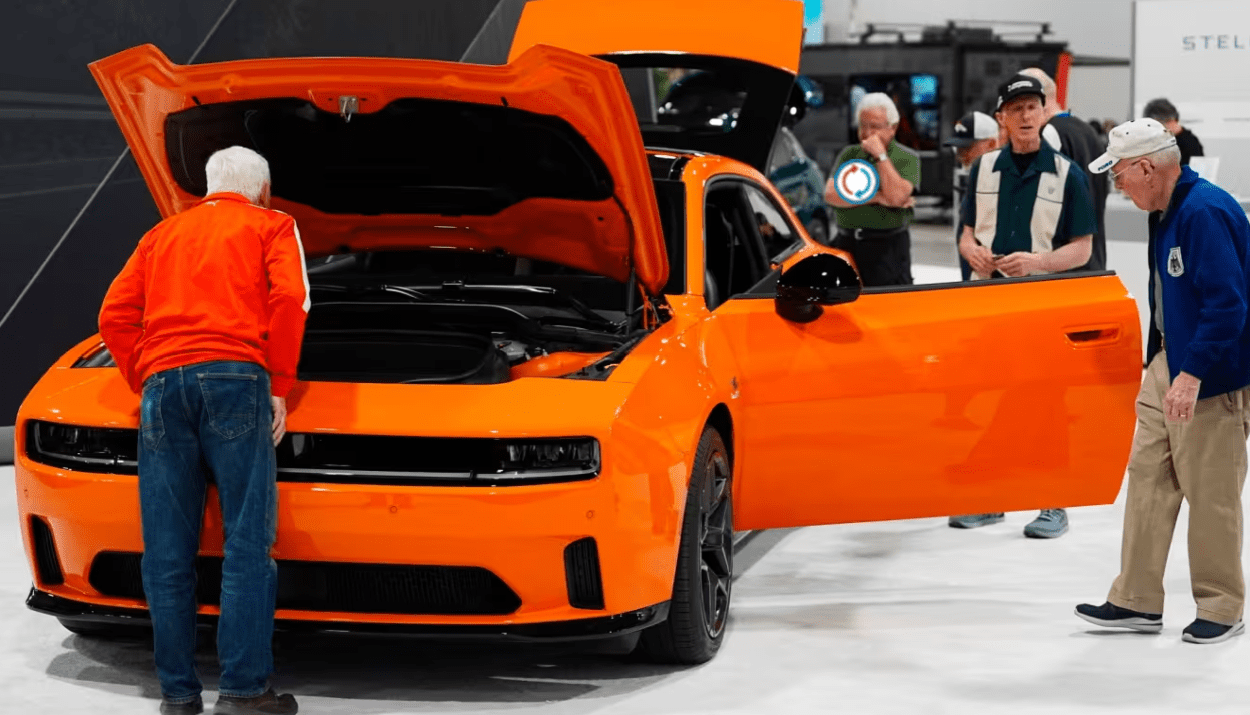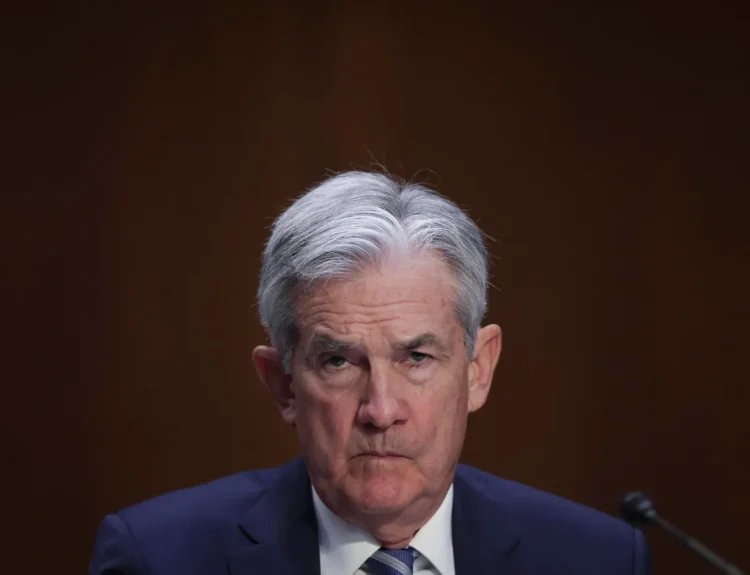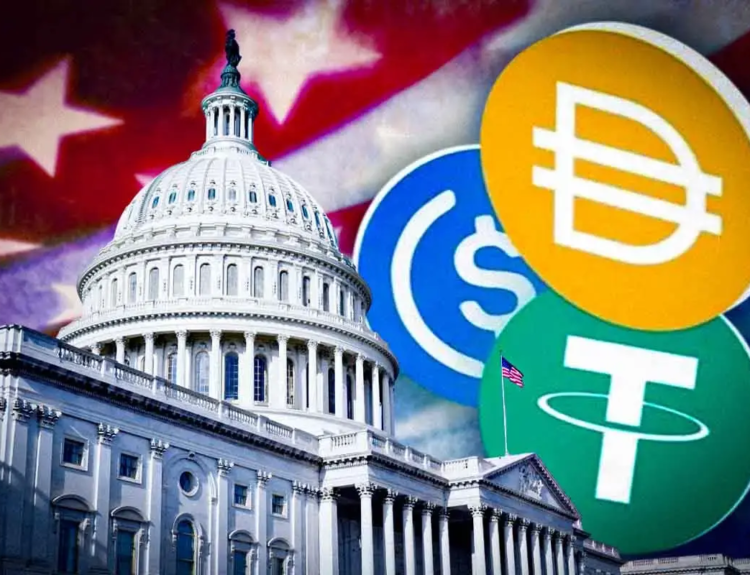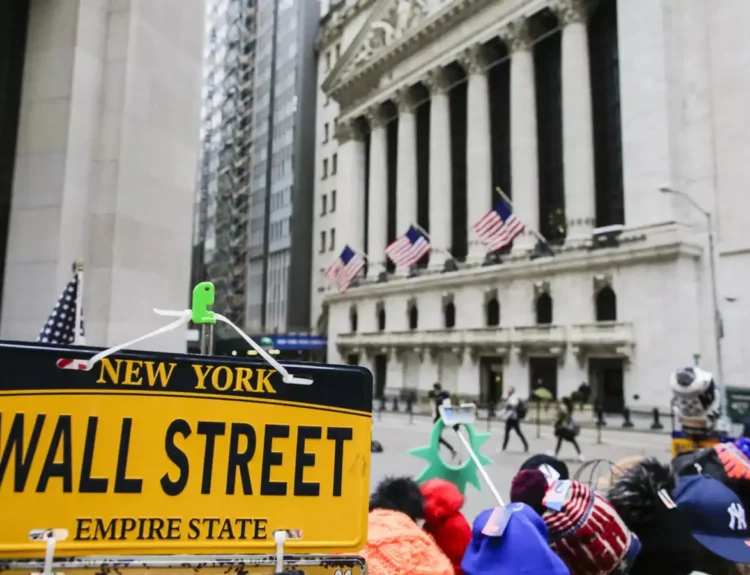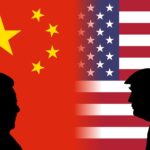President Donald Trump is backing away from hitting U.S. carmakers with full-blown tariffs, after weeks of pressure from auto executives warning of supply chain chaos, price hikes, and mass layoffs.
The White House now plans to exempt car parts from some of the steepest import levies, including those tied to China’s role in fentanyl exports and duties on steel and aluminium, per FT sources close to the matter.
However, a 25% tariff on fully assembled foreign cars remains in place, along with another 25% levy on parts set to take effect May 3—unless more carve-outs follow.
“We’ve urged the administration — don’t hit us over and over with all these other tariffs,” said one senior auto exec. “It jeopardizes the health of our sector.”
Stellantis chairman John Elkann added bluntly: “American and European car industries are being put at risk.”
What Triggered the Walk-Back?
- Trump’s sweeping “reciprocal” tariffs—unveiled on April 2’s so-called ‘Liberation Day’—initially applied up to 50% tariffs on nearly every U.S. trading partner.
- But after a brutal market sell-off and rising fears of a recession, the administration lowered the tariffs to a 10% baseline for 90 days, while floating exemptions for politically sensitive industries.
- Consumer electronics like smartphones and laptops were granted a pass last week. Now the auto sector joins the growing list of winners.
A ‘Tailored’ Tariff Strategy?
- Trump has already offered better terms to Mexico and Canada under the USMCA deal. Now, he’s looking to simplify rules of origin to ease the burden on carmakers importing globally sourced parts.
- China-made auto parts still face a 20% “fentanyl tariff”, plus duties tied to their material content—but will avoid the 125% “reciprocal” tariff that other goods are facing.
- According to FT, these changes show Trump’s openness to industry carve-outs as he balances protectionist ambitions with political and market realities.
Why It Matters
- The auto tariff rollback marks another major retreat for Trump’s trade team amid increasing pressure from Wall Street, global partners, and U.S. manufacturers.
- But the administration remains firm on its message: concessions don’t mean surrender—they’re part of a larger negotiation strategy.
- Still, the big question lingers: how long will these exemptions last, and who’s next on the carve-out list?
For now, automakers are breathing a little easier—but May 3 is just around the corner.
Disclosure: This article does not represent investment advice. The content and materials featured on this page are for educational purposes only.
Related:
EU slaps Apple and Meta with $800 million in antitrust fines. Meta calls its penalty a ‘tariff’
Tesla Earnings: Profit Plunges 71%, Elon Musk will step back from DOGE
Trump Says China Tariffs Will Be Lower, and ‘No Intention’ of Firing Powell
White House is ‘close’ on Japan, India tariff agreements — but expect them to be light on specifics
Bear Market Survival Guide: How to Stay Smart, Calm, and Positioned for the Rebound
OpenAI spends ‘tens of millions of dollars’ on people saying ‘please’ and ‘thank you’
The Role of Fiscal Dominance in Monetary Policy
US Imposes Tariffs Up to 3,521% on Asian Solar Imports
Authorities use high tech, called “Overwatch” to enhance border security


